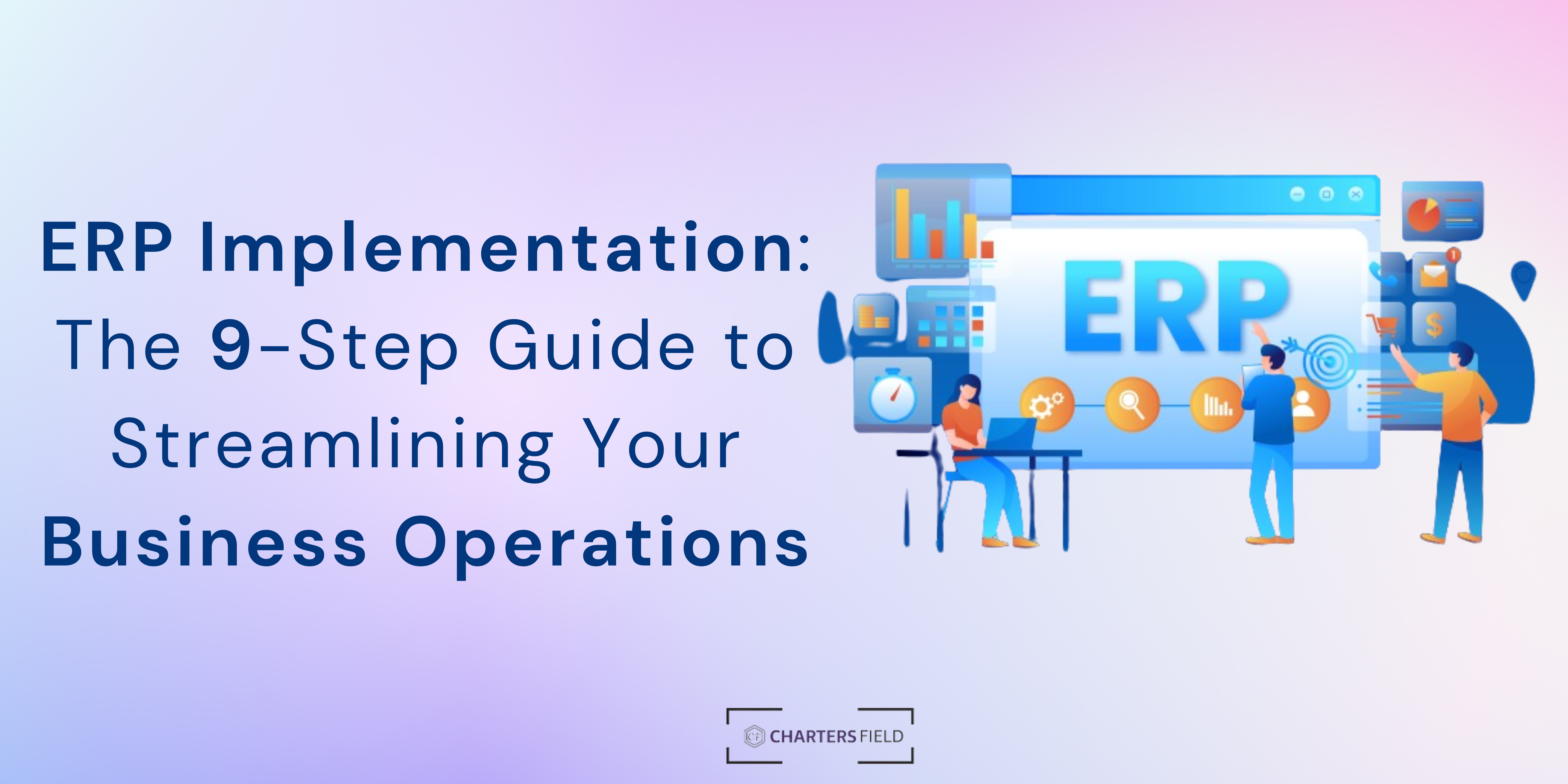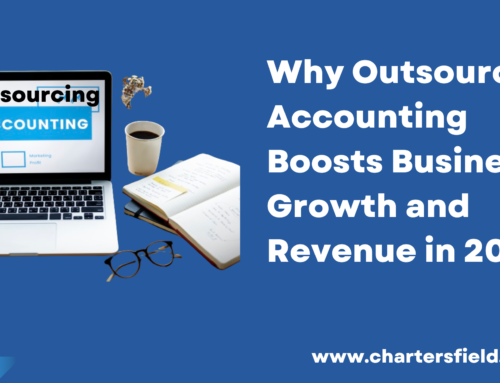Embarking on an Enterprise Resource Planning (ERP) implementation journey can be both exciting and daunting for businesses of all sizes. The promise of increased efficiency, streamlined processes, and improved overall performance is undoubtedly enticing, but without a well-thought-out plan, the road to successful ERP implementation can be riddled with challenges. In this comprehensive guide, we will delve into the world of ERP implementation, breaking down the process into nine crucial steps that will pave the way for a seamless integration and transformation of your business operations.
What is an ERP implementation?
Before we delve into the nitty-gritty of ERP implementation, let’s briefly explore what ERP is and why its implementation holds such significance for businesses. Enterprise Resource Planning is a software solution designed to integrate and streamline various business processes across different departments, ensuring real-time data flow and fostering collaboration. ERP systems act as a centralized hub, providing a unified platform for managing core business functions such as finance, human resources, supply chain, and more.
ERP implementation is the process of adopting and integrating an ERP system into your organization’s existing infrastructure. It involves meticulous planning, customization, training, and testing to ensure a smooth transition from legacy systems to the new ERP solution.
9 Steps to a Successful ERP Implementation:
Define your objectives:
Before diving into ERP implementation, clearly outline your business objectives and what you aim to achieve with the new system. Identify pain points in your current processes and establish measurable goals for improvement. This initial step sets the foundation for a targeted and effective ERP implementation strategy.
Build a competent team.
Assemble a dedicated team of professionals who will champion the ERP implementation process. This team should include representatives from various departments to ensure that the system meets the diverse needs of your organization. Designate a project manager to oversee the implementation and act as a liaison between the team and the ERP vendor.
Conduct thorough research and select the right ERP system.
Not all ERP systems are created equal, and choosing the right one for your business is crucial. Research various ERP vendors, assess their track records, and evaluate how well their solutions align with your business requirements. Consider factors such as scalability, user-friendliness, and the level of support provided by the vendor.
Must Read: An In-Depth Startup Finances and Entrepreneurial Success with Bookkeeper
Customization and Configuration:
Once you’ve selected the ERP system that fits your needs, the next step is customization and configuration. Tailor the system to align with your business processes and workflows. Work closely with the ERP vendor to ensure that the software is optimized to meet the unique requirements of your organization.
Data Migration:
One of the most critical aspects of ERP implementation is the seamless migration of data from your existing systems to the new ERP platform. Develop a comprehensive data migration plan, ensuring that all essential data is transferred accurately and securely. This step is pivotal in maintaining continuity and preventing disruptions in your day-to-day operations.
Training and Education:
Equip your employees with the necessary skills to navigate and utilize the new ERP system effectively. Training programs should be tailored to different user roles within the organization. Providing comprehensive training ensures a smooth transition and minimizes resistance to change.
Testing and Quality Assurance:
Prior to full-scale implementation, conduct thorough testing to identify and rectify any issues. This includes testing various scenarios to ensure the ERP system functions seamlessly in real-world situations. Quality assurance is a continuous process that helps address any unforeseen challenges and ensures the system’s stability.
Phased Rollout:
Instead of implementing the ERP system across the entire organization at once, consider a phased rollout. Start with a smaller pilot group or a specific department to identify potential issues and fine-tune the system based on user feedback. Gradually expand the implementation to other departments, minimizing the risk of widespread disruptions.
Continuous Improvement and Evaluation:
ERP implementation is not a one-time event; it’s an ongoing process. Establish a system for continuous evaluation and improvement. Gather feedback from users, monitor system performance, and be proactive in addressing any emerging challenges. Regularly update and optimize the ERP system to keep it aligned with your evolving business needs.
Conclusion:
In conclusion, ERP implementation is a transformative journey that, when executed thoughtfully, can revolutionize the way your business operates. By following the nine steps outlined in this guide—defining objectives, building a competent team, selecting the right ERP system, customization, data migration, training, testing, phased rollout, and continuous improvement—you lay the groundwork for a successful ERP implementation.
Remember that ERP implementation is not just a technological upgrade; it’s a holistic organizational change. Embrace the process, encourage collaboration, and foster a culture of adaptability within your organization. With careful planning and a commitment to continuous improvement, your ERP implementation can pave the way for increased efficiency, enhanced decision-making, and sustained business growth.
In this context, it’s essential to note that ERP systems come in various forms, and the selection of the right solution depends on your business needs. Popular ERP systems such as Dynamics 365 Finance and Operation, Dynamics 365 Customer Services (CRM), and Dynamics 365 Human Resources offer comprehensive features to address the diverse requirements of modern businesses. When choosing an ERP system, consider the specific functionalities offered by these solutions and how they align with your organization’s goals.



